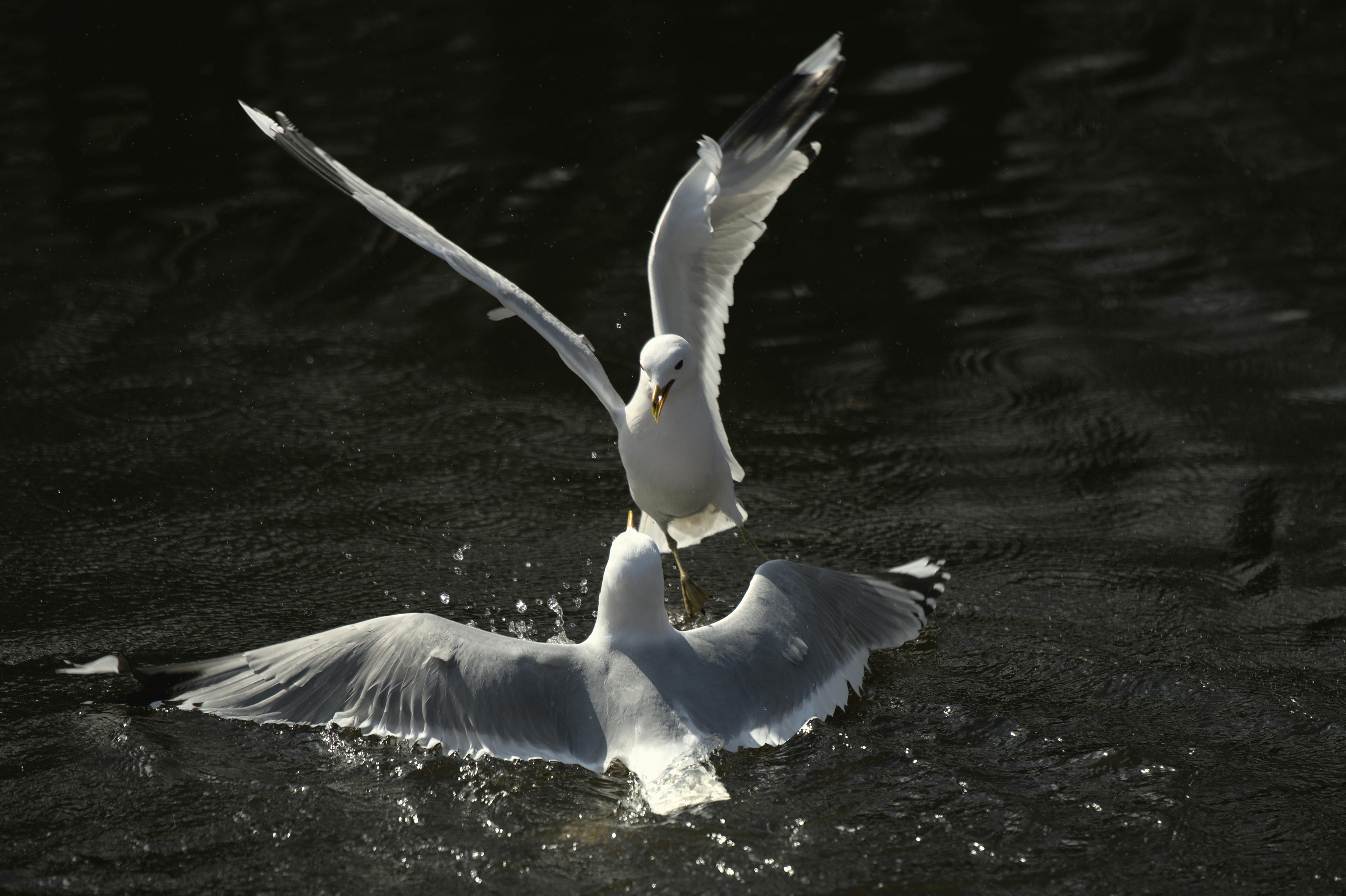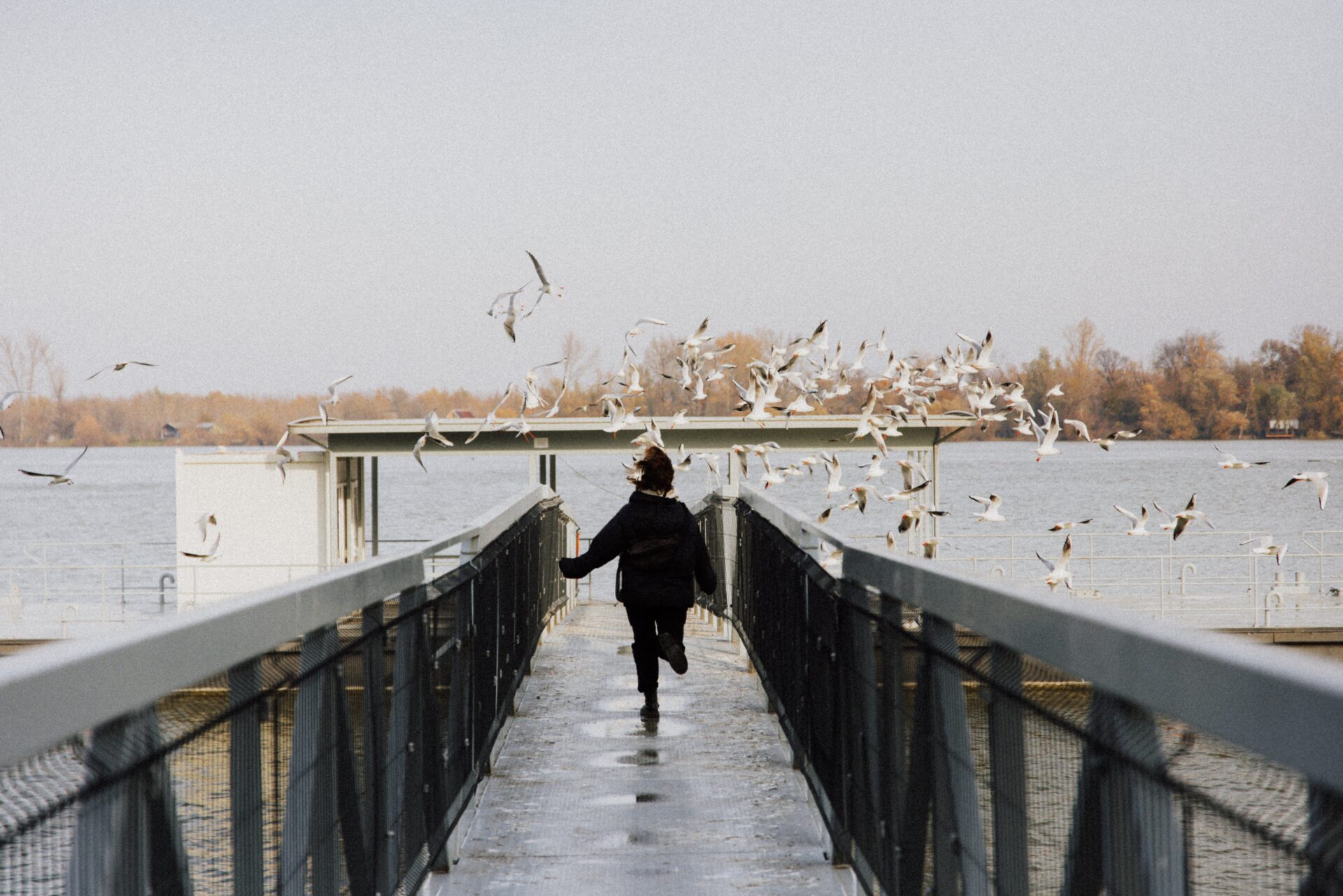Birds can be a nuisance when it comes to eating strawberries. If you don’t take steps to prevent them, they can quickly devour your strawberry crop. Fortunately, there are several strategies that you can use to keep birds away from your strawberries. In this article, we’ll explore some of the best ways to keep birds off strawberries.One way to deter birds from eating strawberries is to cover the strawberry patch with bird netting or other physical barriers. The netting should be securely attached and hung a few feet above the plants so that it is difficult for birds to access. You can also use reflective surfaces, such as mirror-like materials, near the strawberry patch to scare away birds. Additionally, using ultrasonic sound devices and sprinklers are other options for deterring birds from eating strawberries.
Planting Bird Deterrents Near Strawberries
Birds can be a menace to your strawberry plants, eating them right off the vines and leaving nothing but empty stems behind. To protect your plants from these hungry feathered friends, it’s important to take precautions and plant bird deterrents near your strawberries.
One of the best ways to deter birds from eating your strawberries is to use netting or fencing around your plants. The netting should be securely tied down and tall enough to prevent birds from getting over it. If you don’t have access to netting, you can use tall stakes with string or twine tied between them as a makeshift fence. This will provide some protection from the birds but may not be as effective as netting.
You can also plant bird deterrents such as ornamental grasses or shrubs around your strawberry patch. These will provide some protection from the birds while also adding some aesthetic value to your garden space. You can also try planting garlic cloves near your strawberry plants, which is said to be a natural bird repellent due to its strong smell.
Finally, if all else fails, you can try using a scarecrow or other decoy in your garden space. This is often an effective way of scaring away birds and other pests that may be eating your strawberries. However, it’s important to remember that this technique is only temporary and the birds will eventually get used to it if left in place for too long.
Protecting your strawberry plants from birds takes some work but with a few simple steps you can make sure that they stay safe and that you get the most out of your harvest this season!
Make the Area Unpleasant for Birds
One of the most effective ways to make an area unpleasant for birds is to discourage them from roosting or nesting in the vicinity. To do this, install scare devices such as plastic owls, reflective tape, and flash tape. These will help scare birds away from the area by making loud noises or reflecting bright light. Additionally, homeowners can also use bird spikes or netting to keep birds away from certain areas. Installing netting over balconies or porches is a good way to prevent birds from nesting on these areas.
Other methods of making an area unpleasant for birds include trimming trees and shrubs regularly and avoiding providing food sources like bird feeders and open garbage cans. Trimming trees and shrubs will reduce hiding spots where birds can nest or roost in. Avoiding providing food sources will keep the birds away since they won’t have access to an easy source of food.
Finally, another way to make an area unpleasant for birds is to reduce available water sources like bird baths and shallow pools of water. Removing these water sources will make it difficult for the birds to find a place to drink or bathe in, thus reducing their presence around the area.
Overall, there are various ways that homeowners can use to make an area unpleasant for birds such as installing scare devices, trimming trees and shrubs, avoiding providing food sources, and reducing available water sources. By using these methods, homeowners can effectively discourage birds from nesting or roosting in their vicinity.
Use Visual Deterrents for Birds
Visual deterrents can be an effective way to keep birds away from your property. These deterrents work by scaring birds away with their bright colors, loud noises, and strange shapes. Some of the most popular visual deterrents include: shiny streamers, balloons, reflective tapes, and netting. All of these items can be hung around areas where birds are a problem and can help to keep them away.
When choosing a visual deterrent it is important to consider the types of birds that are present in the area as well as the size and type of property you have. For example, if you have a large property with a variety of bird species present then it may be best to use multiple deterrents such as balloons, streamers, and netting. If there is only one particular type of bird causing problems then a single visual deterrent may be enough to deter them away.
In addition to using visual deterrents it is also important to create an environment that does not attract birds in the first place. This includes removing any potential food sources such as bird feeders or garbage cans with leftover food inside them. It is also important to keep trees and other foliage trimmed so that they do not provide a safe haven for birds or other pests. Lastly, always make sure that any water sources on your property are covered up or blocked off so that they cannot become breeding grounds for birds or other pests.
By using these tips in combination with visual deterrents you can effectively keep birds away from your property while still providing a hospitable environment for other wildlife species. Visual deterrents are easy to set up and can be an effective way to keep pesky birds at bay without harming them in any way.
Using Audible Deterrents to Scare Away Birds
The presence of birds around your property can be a nuisance, and it is important to take steps to keep them away. One effective way to do this is by using audible deterrents. Audible deterrents are sound-based solutions that are designed to scare birds away from an area. Common types of audible deterrents include bird distress calls, ultrasonic sound waves, and digitally recorded predator calls.
Bird distress calls are sounds that mimic the cries of other birds in danger. The idea behind this is that when birds hear these calls, they will be alarmed and fly away from the area. Ultrasonic sound waves are similar in that they create a noise that is too high-pitched for humans to hear but will be annoying and uncomfortable for birds in the area. Finally, digitally recorded predator calls replicate the sounds of predators such as hawks or owls in order to scare off other birds in the vicinity.
Audible deterrents can be a great way to keep birds away from your property without having to resort to more extreme measures such as trapping or poisoning them. It is important however to use the right type of deterrent for the type of bird you’re trying to get rid of; some species may not respond well to certain sounds or may even become acclimated over time. Additionally, you should always ensure that any audible deterrents you use are safe for both humans and animals and follow all applicable laws and regulations regarding their use in your area.

Taste Repellents on Strawberry Plants
Strawberry plants are a favorite among gardeners, but these plants can be vulnerable to pests and diseases. To protect against these threats, taste repellents are often used. Taste repellents are chemicals that make the plant unpalatable to pests and other animals. They work by making the plant taste bad or bitter, deterring animals from eating it.
Taste repellents come in many forms, including sprays, powders, and granules. These products are applied directly to the foliage of the strawberry plants. The repellent is absorbed by the plant, making it unpleasant for animals to consume. Taste repellents are often used in combination with other pest control methods such as netting or physical barriers to further protect the plants.
When using taste repellents on strawberry plants, it is important to follow the manufacturer’s instructions carefully. Applying too much of the product can cause damage to the foliage or roots of the plant and may not be effective in deterring pests. Taste repellents should also be reapplied regularly as they can lose their effectiveness over time due to weathering or other factors.
Overall, taste repellents can be a helpful tool in protecting strawberry plants from pests and diseases. These products should be used carefully according to manufacturer’s instructions for best results and minimal damage to the plant.
Cover Strawberry Plants with Netting
Strawberries are a delicious and nutritious fruit that can be enjoyed in many different ways. Unfortunately, birds and other animals are also fans of strawberries, so it is important to protect the strawberry plants by covering them with netting. Netting is an effective way to protect the plants from birds and other animals as it creates a physical barrier that prevents them from accessing the fruit. The netting also has the added benefit of being lightweight and easy to use, making it ideal for gardeners of all levels.
When selecting a netting to cover strawberry plants, make sure to choose one that is made of durable material such as nylon or polyethylene. These materials are strong enough to withstand wind, rain, and other weather conditions while still remaining lightweight and easy to use. The size of the mesh in the netting should also be taken into consideration as this will determine how well protected your strawberries are from birds and other animals. A fine mesh will provide more protection than a coarse mesh, but it might also reduce air circulation around the plants which can lead to fungal diseases.
In addition to protecting your strawberry plants from birds and other animals, covering them with netting can also help keep weeds at bay by blocking out sunlight which inhibits germination. This can help reduce the amount of weeding you need to do and save time in the long run. Finally, placing bird scare devices such as reflective tape or balloons around your garden can help deter birds from entering your garden in the first place.
Protecting your strawberry plants with netting is an effective way to ensure they remain safe from birds and other animals while keeping weeds at bay. Be sure to choose a sturdy netting made of durable material that is properly sized for your needs, and consider adding bird scare devices for extra protection against pesky critters!
Hang Fake Owls Around the Area
Hanging fake owls around your property is a great way to keep birds and other animals away. Fake owls are an effective deterrent because they look like real owls, and animals instinctively avoid predators. You can buy fake owls at your local garden store or online, and they generally come in a variety of sizes to suit different needs. Once you’ve purchased your fake owl, hang it in a conspicuous location that will be visible to birds and other animals. Make sure to hang it high enough so that animals won’t be able to reach it or take it down. If you hang multiple owls around your property, switch up their positioning every few days so that animals won’t become accustomed to them.
Fake owls are an inexpensive and easy way to deter birds from entering certain areas of your property. However, keep in mind that this method may not work for all species of birds or other animals. If you find that the fake owl isn’t having the desired effect, you may need to look into other methods of animal control such as installing netting or sound deterrents.

Conclusion
There are a few different ways to keep birds off of strawberries. By using physical barriers such as bird netting, bird scarers, or visual repellents, you can create a more bird-resistant environment for your strawberries. Additionally, using chemical repellents can be effective in keeping birds away from your strawberry plants. It is important to consider the best option for your specific situation, and to make sure you use the most environmentally friendly options available.
Finally, it is always a good idea to consult with local experts or extension agents to determine the best options for keeping birds off of your strawberry plants. A combination of these different methods is usually the most effective way of deterring birds from eating your strawberries and protecting them from damage and disease.



